Whiteys in Browniewood
Subscribe to read full article
This section is for paid subscribers only. Our subscription is only $37/- for one full year.
You get unlimited access to all paid section and features on the website with this subscription.
Not ready for a full subscription?
You can access this article for $2, and have it saved to your account for one year.
A few years ago, I saw a Tamil movie that showed how delightfully little things have changed in our neck of the ’woods, so to speak. The movie in question was the supposedly well-crafted Thani Oruvan (2015). In it, a crucial character, a woman who happens to be a Swiss pharmaceutical magnate, is simply Angelina (pronounced Angel–eena). That’s it. No surname. Not even a token Federer or Einstein that would have taken very little research to insert. The woman dies, of course. Like most foreigners do in our films. But more about that later.
The film brought back old memories. Of white people and how they were depicted in south Indian movies of the glorious ’70s and ’80s.
Back then, while I watched the so-called good Hollywood fare that was mandatory to keep abreast of the latest fashions or Bo Derek, my guilty pleasure was something no English-speaking city boy would admit to: Tamil and Telugu movies. Not the ones by K. Balachander or K. Viswanath, mind you, but the really kitschy ones with an over-the-hill Sivaji Ganesan or NTR, an in-between Krishna or Jai Shankar, or a tava-fresh Kamal or Rajini.
The ones I favoured all had pretty much the same plot, give or take a smuggler.
There is a happy family of Father, Mother, Gopi and Sudha. They sing a song. Suddenly, Father is betrayed by an old friend. Father is jailed. Mother buys sewing machine to make ends meet. She’s halfway through a fat woman’s blouse when a moneylender tries to outrage her modesty. Gopi stabs the moneylender with a pair of scissors. The moneylender dies. Gopi runs away. An earthquake/flood/railway disaster separate Mother and Sudha. Fifteen years later, Gopi becomes the most glamorous rowdy/police officer in south India. Sudha becomes a club dancer. Gopi saves her from rape without knowing she is his sister. Family song unites them. Gopi takes revenge on Father’s evil friend, who has upgraded himself to smuggler-kingpin, saves everyone, marries the DIG’s daughter and they all pose for a group photo. The End.
It was a time when the demand for smugglers in Madras was disproportionately large. How was it met? An old production hand, now happily settled in the US with his software-engineer son, gave me the answer.
It was up to him and his counterparts in various production houses to scope out joints that European backpackers frequented. This included foreigners-only hostels, the historic Spencer’s building on Mount Road, Moore Market (both landmarks lost to fire and greed) and, and when things got desperate, taking a bus to Silversands, that first-of-its-kind beachside haven off Mahabalipuram featuring bikini-clad women and gin served in tender coconuts. Then, it was a simple matter of saying, ‘Cinema? Acting? Coming?’ to mellow-on-marijuana Michaels, not waiting for an answer, retrofitting them in disused suits from the costume department and putting them through a series of indignities that the Geneva Convention would never permit.
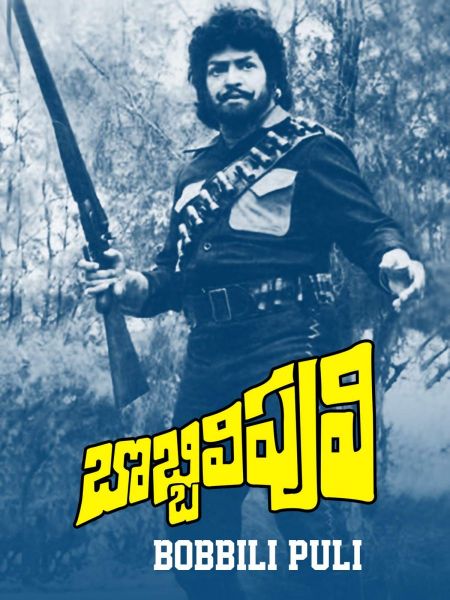
And when none of these venues yielded the requisite number of melanin-challenged thespians to fill up the villain’s den or the club’s dance floor, the plucky, ever-ready Anglo-Indian (the last of the ones that still hadn’t moved on), sourced from St Thomas Mount or Perambur, was always there.
Top of my list in outstandingly ridiculous casting of an Indian in a white part goes to that thespian of thespians, Sivaji Ganesan (whose acting choices in the ’70s proved incontrovertibly that he had ripped out the page which had the word ‘no’ from his dictionary and fed it to his Alsatian). I speak of the N.T. Rama Rao-produced-directed-acted Chanakya Chandragupta (1977), a ‘historical’ about, well, Chanakya and Chandragupta, played by Akkineni Nageshwar Rao and N.T. Rama Rao, respectively. Now where could a thespian of histrionic tonnage equal to these two heavyweights fit into such an eponymously titled film? In a powerful guest appearance … (drumroll) … as Greek conqueror, Alexander the Great, of course. With a blond wig, a silk skirt, with his voice dubbed over by Jaggayya.
Speaking of Jaggayya brings to mind his own scenery-chewing turn as Rutherford (T.G.), the special commissioner to the governor, the dastardly British officer who shot Telugu freedom fighter Alluri Sita Ramaraju (Alluri Seetarama Raju,1974) after tying him to a tree.
When budgets were spare and a dora had to be cast, invariably ‘Telephone’ Satyanarayana and G.V.G. Krishna played the go-to British/American/Random White nogoodnik, rolling out their dialogue with a befuddling, supposedly foreign-intoned Telugish.
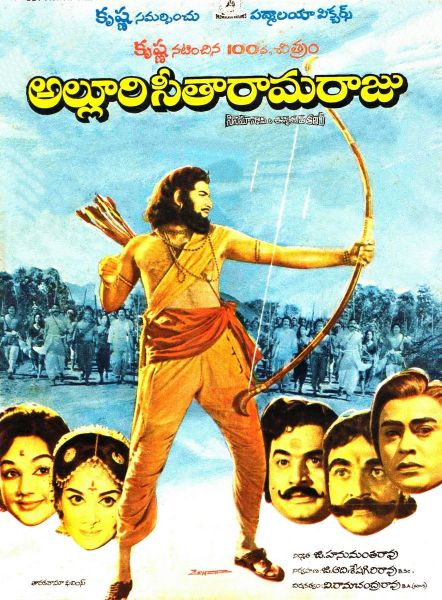
Again, a few years ago, it looked like it was all about to change. Looked like white people were finally going to get their due in Browniewood when Arnold ‘The Governator’ Schwarzenegger was reportedly signed up to play a rogue robot in film-maker Shankar’s Tamil film, 2.0. Rajinikanth would be playing the lead role as he did in the first part, of course. And, finally, there would be a white person in one of our movies who’d have a significant part, if not a surname (till date, The Governator has only been referred to as Arnold in south India.)
So, all ye offended by the racist depiction of Indians in western movies and TV shows, angst-ridden by the injustices meted out to our kin in terms of footage, billing or remuneration from Mysore Sabu to Priyanka Chopra, from I.S. Johar to Aishwarya Rai, from Persis Khambatta to Irrfan Khan – relax. Watch Dharma Raja (1980), Bobbili Puli (1982) or even the recent (bewilderingly misspelt) Ala Vaikunthapurramloo (2020).
Revenge is ours.
(With apologies to Bob Christo, Bentley Mitchum, Amy Jackson et al.)
Tags
About the Author

Krishna Shastri Devulapalli is a humour writer, columnist, screenwriter and novelist. His novels include Ice Boys in Bell-bottoms, a 1970s bildungsroman, Jump Cut, a seriocomic thriller, and the comic The Sentimental Spy: The Family Bond. His other works include a humorous epistolary play, Dear Anita, and a book of non-fiction, How to Be a Literary Sensation. He has co-edited Madras On My Mind: A City in Stories, and writes regularly for The Hindu, Deccan Chronicle, Scroll, among other journals. He is at present developing a detective series and a young adult show for the web.




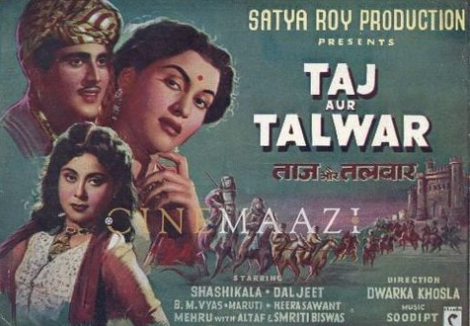
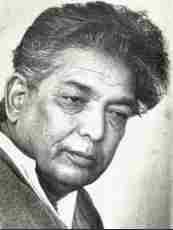
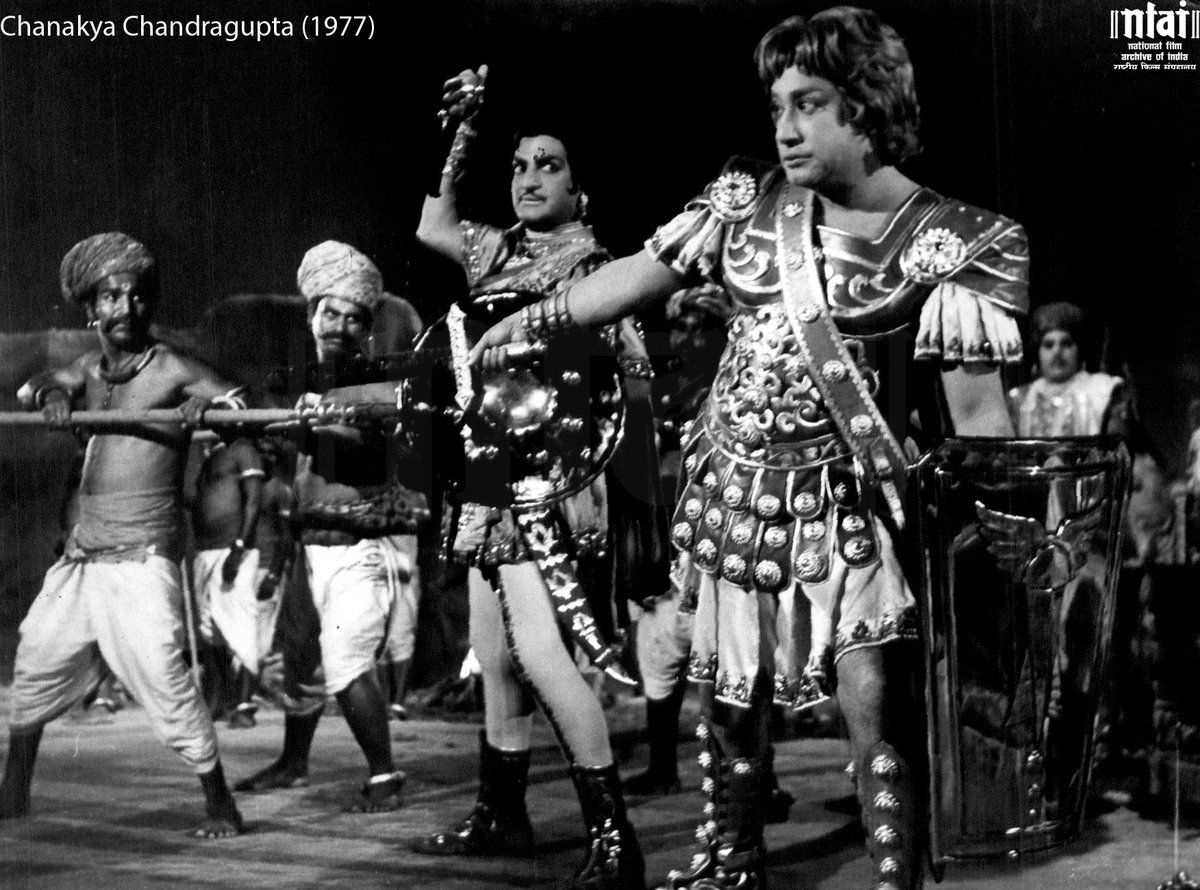
.jpg)


